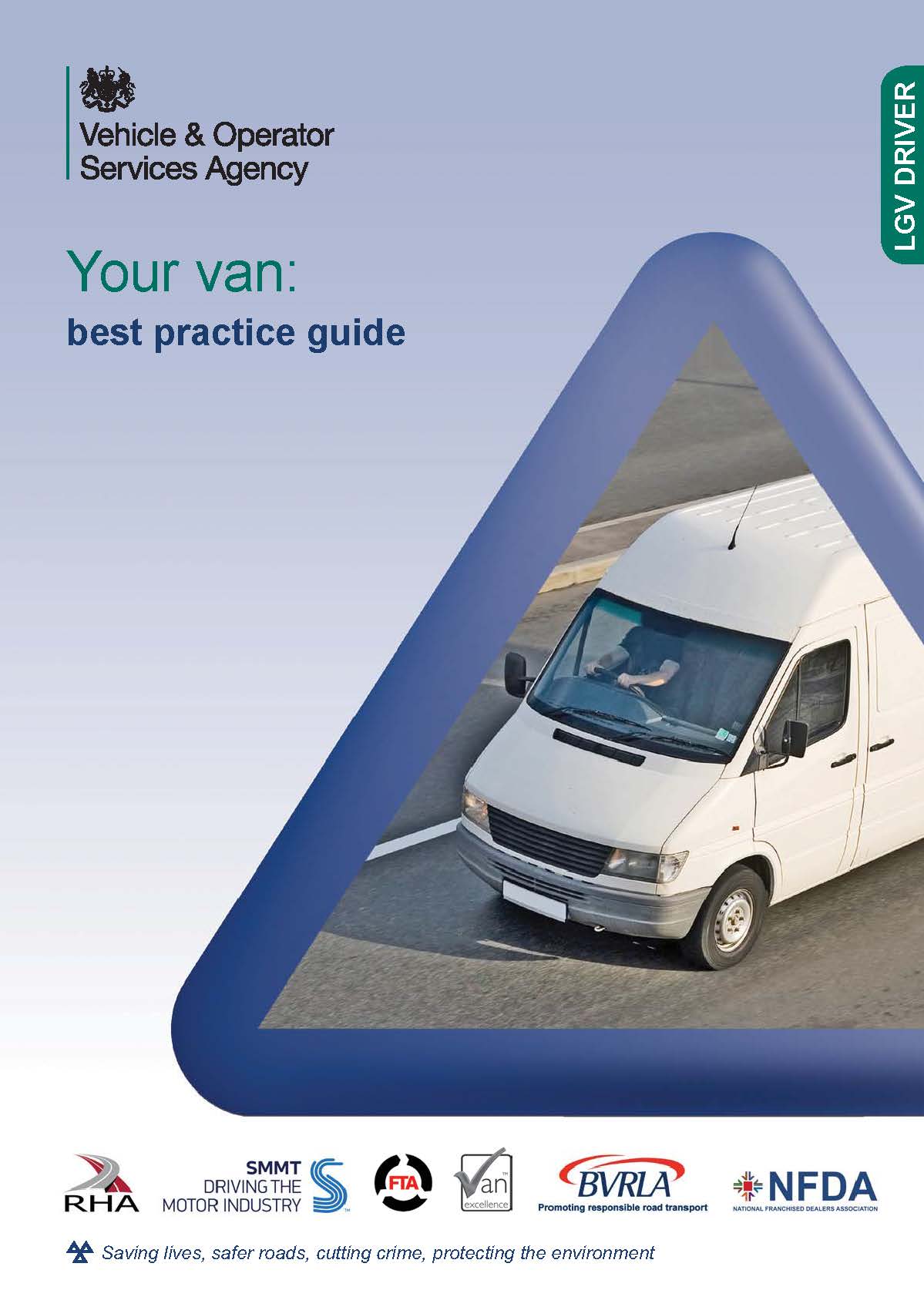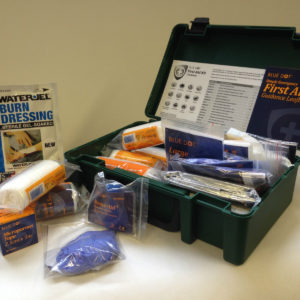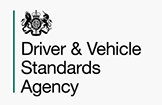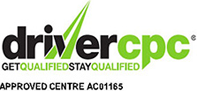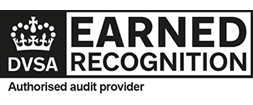DVSA (VOSA) Your Van – Best Practical Guide
£3.50
The DVSA (VOSA) published a booklet ‘Your Van – Best Practice Guide’ which has recently been updated in it states:
There a 3.6 million Light Good Vehicles (LGV’s) used for business across the UK. This outnumbers the lorries on our roads by more than 7 to 1;
Additionally the DVSA stops approximately 15,600 LGV’s per annum as part of its targeted roadside mechanical checks;
As an owner / operator (especially if you also have an Operators License), it shouldn’t take long to figure out than operating vans whether it be a fleet or otherwise which doesn’t comply with the rules and regulations, could be a very costly business;
The ‘Your Van – Best Practice Guide’, also available from our shop or free on-line, provides the ‘best practice’ advice to help keep your van or fleet up and running legally;
1.‘Drivers are responsible for the condition of their vehicles when in use on the road and must, therefore, be able to report any defects or symptoms of defects that could prevent the safe operation of vehicles.’
2. It is strongly recommended that a daily walk-round check be undertaken by a responsible person before a vehicle is first used; this is usually carried out by the driver’
3. ‘Failure to take this responsibility seriously could result in the driver losing their entitlement to driver and/or in more serious circumstances result in Manslaughter charges being brought against them’
Drive down your costs by increasing your vehicle, fleet and driver compliance with the help of this operator checklist:
Van checks
* carry out daily ‘walkaround’ checks before using your vans and record any defects;
* rectify any major defects before your vans are sent out and record your repairs.
Van maintenance
* service your vehicles and fleet to at least the minimum standard in line with the manufacturer’s guidelines;
* if your vans are subject to demanding work, get qualified service people to frequently check safety critical components
such as brakes;
* make sure your vans are always insured, taxed and MOT’d and document this process – for example, with the help of
a wall planner
Van records
* store defect, maintenance, rectification and servicing records for at least 15 months to demonstrate an effective
maintenance system
Van condition
* keep your vans clean and tidy to show your professionalism and increase your fleet’s resale value
Van suitability
* use the right vans with the right size, load capability and equipment for the job;
* do not load vans beyond their maximum weights for their train, gross or axles – this weight includes the combined;
weight of your van’s driver, passengers, load and fuel;
* maintain fitted specialist equipment such as tail lifts and tow bars.
Manage risks and costs
* fit a 70mph limiter on vans used on the motorway – most vans use 25% more fuel at 80mph than at 70mph;
* fit parking sensors to protect pedestrians, employees and your vans in crowded urban areas.
Driver identification
* know who is driving your vans for work by always taking up references from previous employers;
* take more than one form of identification from drivers and cross check them with their driving licence details;
* make sure you follow the same identification process for agency drivers as you’re responsible for them when they’re
driving your vans.
This book is somewhat more detailed than other offerings on the market and thereby encourages drivers to carry-out a thorough check over of their vehicle; check-out the picture to see what’s included.
This book also includes a ‘nil defects’ box to encourage the driver to carry out a daily inspection and contains 20 pages in duplicate.
